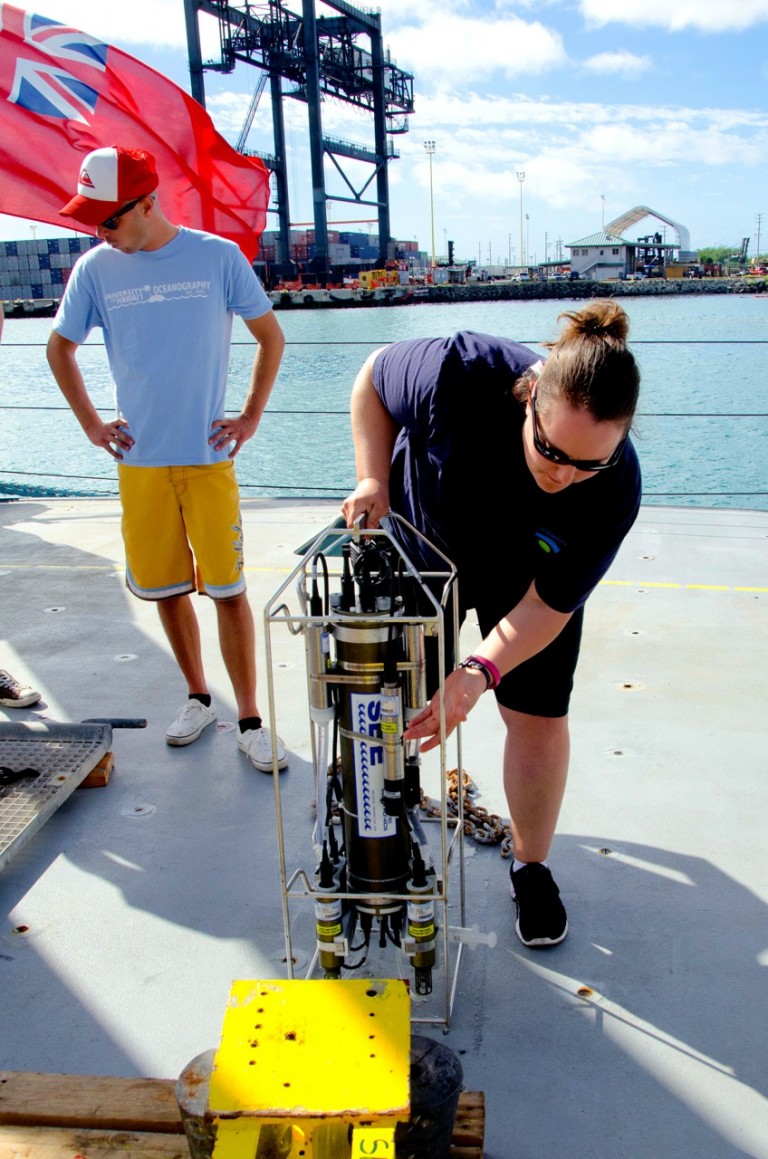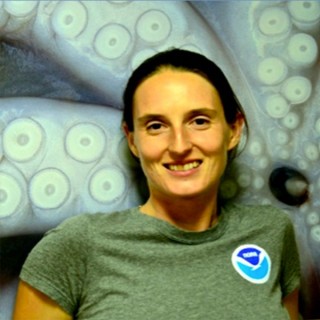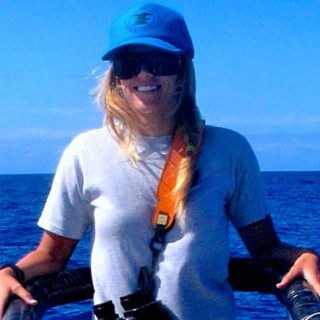The team has done lots of training to get ready for this cruise aboard Falkor. One week before embarking, the scientists involved in Marine Mammal Observations were at the University of Hawaii with Jessica Chen, observations lead. She prepped us for what to expect in the field and reviewed basic observation techniques. We all learned how to identify various whale species of interest based on body shape, behavior and other unique characteristics.
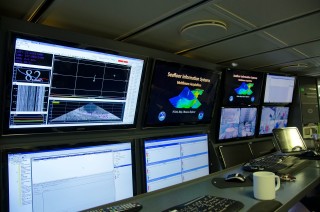
It’s our second day on the ship and we leave the dock tomorrow. This morning we learned about small boat operations with Chief Officer Paul Shepherd, Safety Officer Jason Garwood, and Navigation and Medical Officer Allan Doyle. We then spent a couple hours with Marine Technicians Colleen Peters and Leighton Rolley learning about the CTD and the sonar systems. The afternoon was dedicated to safety training and emergency drills.
Deep Casting
The CTD (Conductivity-Temperature-Depth) is a metal frame with multiple sensors attached that we’ll lower up to 1,000 meters down to measure the water properties at different depths. The CTD is usually mounted on a rosette that also includes water samplers, but for our cruise it will instead be used in conjunction with the DIDSON sonar, which we will describe in a later blog post.
We will lower both pieces of equipment using the large structure at the stern of the ship called the A-frame. The CTD will have two temperature and two conductivity sensors (we double them up as a backup in case one fails), a depth sensor, a dissolved oxygen sensor, and a fluorometer, which can measure how much algae is in the water. We’ll lower the equipment using a winch and cable that runs through a pulley on the A-frame. Each drop and retrieval—called a cast—will take about an hour.
Colleen showed us how to control and monitor the sensors on the wall of big screens in the science control room and how to process the raw data. During our five days of marine operations, we will conduct between 2 and 4 CTD casts per day.
Painting Underwater “Pictures”
Later today the crew introduced us to the sonar systems, also known as echosounders. Different systems can be used to measure the water depth or even the locations of animals. An echosounder sends acoustic pulses (or pings) and calculates how long it takes for their echoes to return to the ship after bouncing off the bottom, or animals or objects in the water. Collectively, all those returning echoes can paint a picture of what’s beneath the ship.
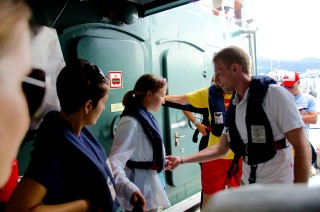
One of the sonar systems we’ll be using, called the EK60, is known as a single beam echosounder. We will use this to study animal concentrations in the water column. It produces a single cone of sound, and the parts of the bottom included in that cone can then be mapped. But more importantly, the fish and plankton in that cone also show up so that we can map animal locations and concentrations. This information will be critical to understanding what makes whales decide to dive down and feed in certain places. For mapping the seafloor we could rely on the two multi-beam systems on Falkor, which can each produce a whopping 432 acoustic cones! This would allow a very detailed mapping of a wide swath of the ocean bottom.
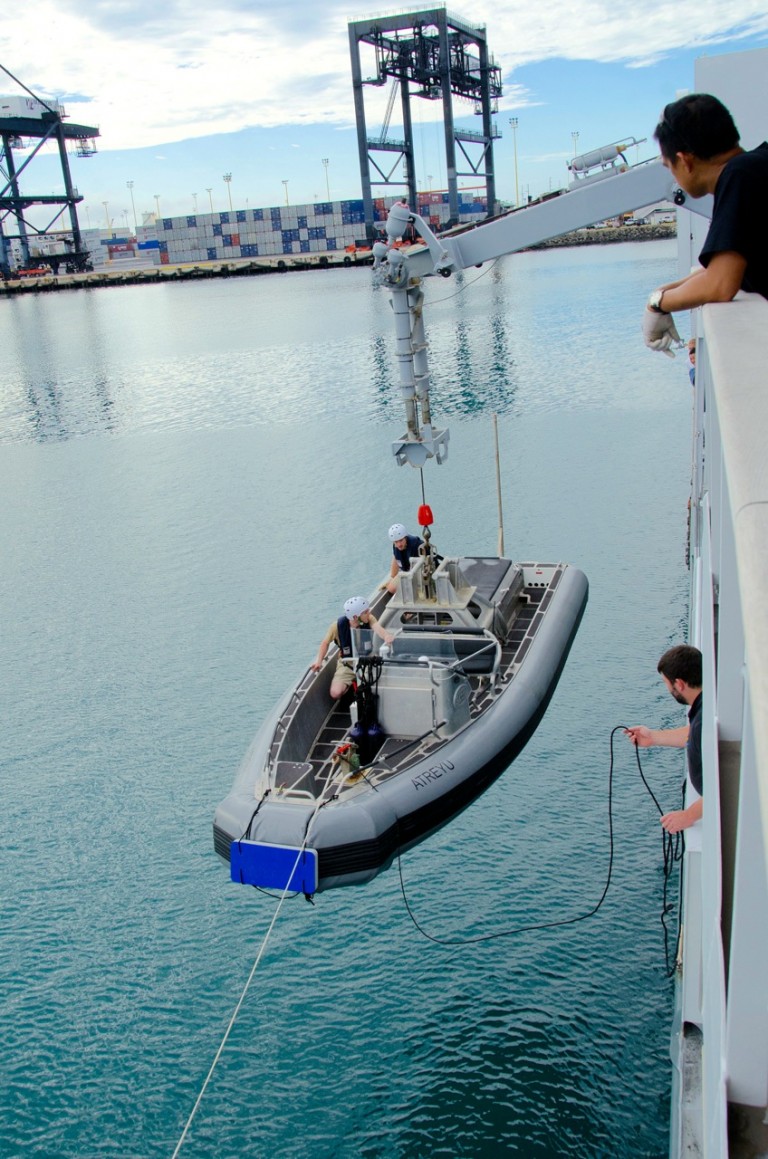
We’re very excited about our departure tomorrow and looking forward to telling you all about what we learn as we put all this training and equipment to use.
